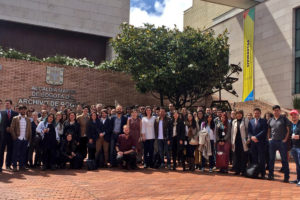Travelling overseas can sometimes mean that the tools, mindset and methods that we utilise at home get lost in translation.
We have worked with some amazing people and organisations from all around the world. However, travelling to a different culture can cause some issues when it comes to understanding service design. How do personas translate abroad? How exactly do you explain what a user journey is to someone who doesn’t speak the same language as you? Furthermore, how can we navigate cultural reference points that differ from our own? Here is what we have learnt about how service design tools and methodologies translate overseas, the challenges we have faced and how we have navigated them.
A very British problem
You could have the best, multilingual ‘service design toolkit’ but it won’t work. Why?
Because, it’s all grounded in our own perspective. What we mean by this is that it’s built to design services using the mental model we have applied to our own geographical context. How we believe products and services are used, is built around the experiences of the place we live in.
To take a line from ‘very British problems’, we Brits love to queue, but this isn’t ubiquitous across the world. This was displayed very clearly when Sarah was running a design training session at the British Council in Cairo years ago, where she was prototyping ‘how to get a drivers license’.
The participants came up and acted out people queuing at a front desk, waiting for their license forms to be stamped. Just as we were about to start, one of the audience stood up and shouted, “you’ve got it all wrong, we don’t queue.” When they displayed what really happened – it was instant chaos. There were 100 Egyptians waving at a woman who was pretending to be a guard at a front desk. This is a prime example of how a different mental model can affect how services work during a design exercise.
There’s a more complexity to it than this and psychological theory, but ultimately where we grow up, our memories and our early or dominant experiences impact on how we design. Remembering this reminds us to tread carefully when training in design around the world and supporting organisations to design better services. It’s important to try to understand the dominant cultural models before setting foot across the border when building design capacity globally.
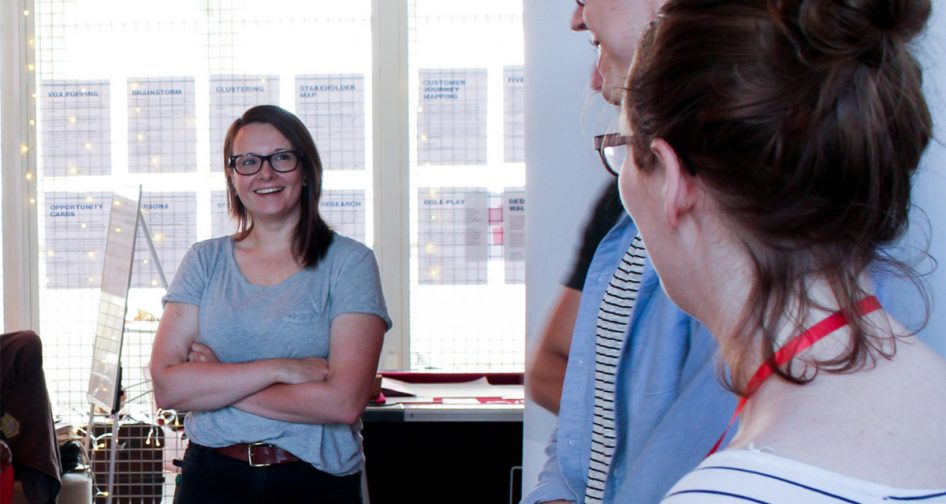
Lost in translation in Bogota
In the Autumn Charley flew across the Atlantic, all the way to beautiful Bogotá to take part in the Global Goals Jam. This inspiring jam, is a worldwide two-day event that focused on short design sprints that enable creative teams of designers, citizens, jammers, and developers from local communities to work together. The aim was to create design solutions that would fulfil short-term targets, in support of long-term Global goals. We were invited across by LABcapital to help them facilitate the Bogotá-leg of the jam. During the conference the topic of internationally adaptive tools came into focus and we learnt that sometimes, things really do get lost in translation.
Trying to convey design tools to people who have never used them before can be a challenge. However this hurdle can be even harder to navigate when you literally don’t have the words. In Bogotá, Whilst explaining how to use personas, and what they enable you to achieve, it became apparent that the term ‘personas’ is not one that would translate well. The word ‘persona’ in Spanish literally translates to person. This made it hard to get across that personas are, in fact, fictional characters. Using an alternative phrase such as ‘user story’ is more appropriate in this circumstance and, helps to describe the tool to an international audience.
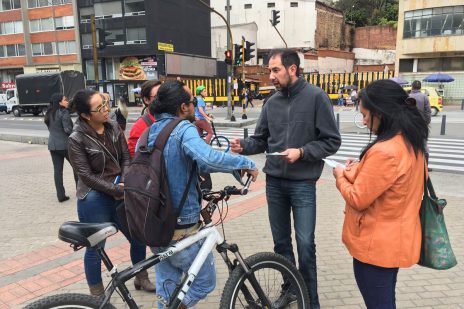
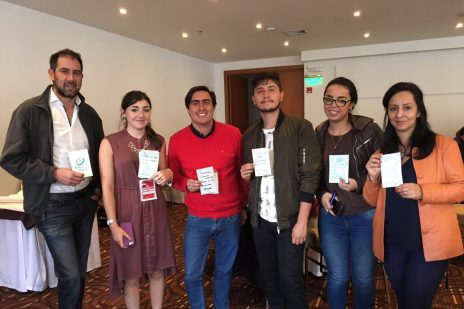
Feeling cultured
When running workshops we often use tools with cultural references, which can help the participant relate quickly to the purpose of the exercise. However, these cultural references can be lost when we travel abroad. This became apparent during a workshop we ran in Greece, with Design4Future.
Making toast is often used as a good focus for teaching the concept of journey mapping, as it has clear stages of progress. However, not every culture can identify with the process of making toast for breakfast. So instead, we chose the process of filling up a car, as this happens in most places around the world. Using an internationally relevant journey allowed us to be inclusive in another culture. Teaching service design in other cultures is not just about translating the tools, it is about understanding the cultural background and adapting the names, layout, and purpose of tools so that we can achieve the results we need.
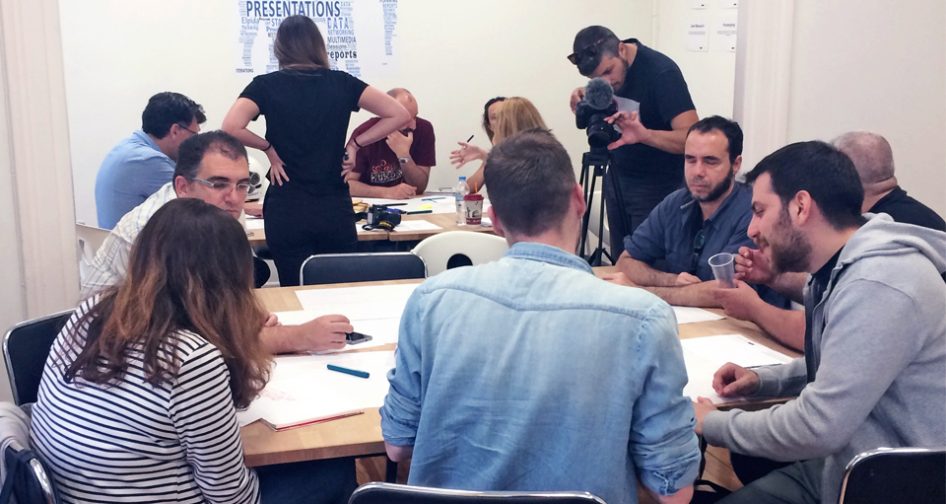
Listening is key
In December 2017 Valerie and Harriet ventured down to Uganda to work with German NGO, Welthungerhilfe. The NGO operate within the world’s largest refugee settlement, Bidibidi, implementing WASH (water, sanitation and hygiene) infrastructure and education within refugee communities. Welthungerhilfe brought Snook onboard to better understand why rapid-onset emergencies have been so frequent within the settlement, and how to adapt their existing toolkits to better prepare, and respond to these.
During our time in Bidibidi we spoke to a huge number of people about something that a lot of people find embarrassing – how they go to the toilet. This information was important to us as we wanted to understand how the standard latrine designs impacted people with special needs. On top of this, each question and answer had to be translated from English into the local language and vice versa.
How did we know that the answers we were getting were being translated correctly? Was there something being lost along the way? The simple answer is: we just had to take the answers at face value. One way we could justify the answers was in the frequency they were given. By doing this we could paint a better picture of the scale of problems that communities were facing, as well as the types of individuals who were most likely to have them.
Working embedded in the Welthungerhilfe team was a great experience for understanding how a smaller NGO fits into a larger system of organisations operating within the refugee settlement. We attended sector and zone meetings, visited the arrival centres and boreholes, and observed the community education sessions run by Welthungerhilfe. Sometimes as designers it is important to take a step back and observe, ask questions when uncertain, and most importantly to listen attentively.

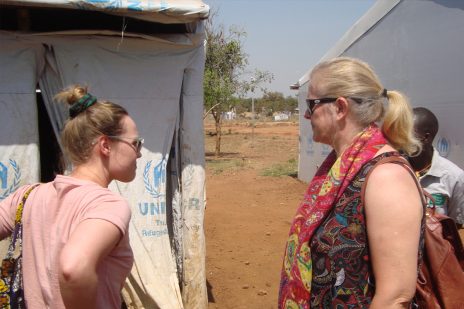
We believe that products and services are used differently depending on the experiences of the place we live in, therefore we need to be mindful of this when working in other countries and cultures. Being aware of this and actively trying to understand cultural touchpoints, listen as much as we can, and knowing it may not always go to plan, is all part of designing better services, globally.
